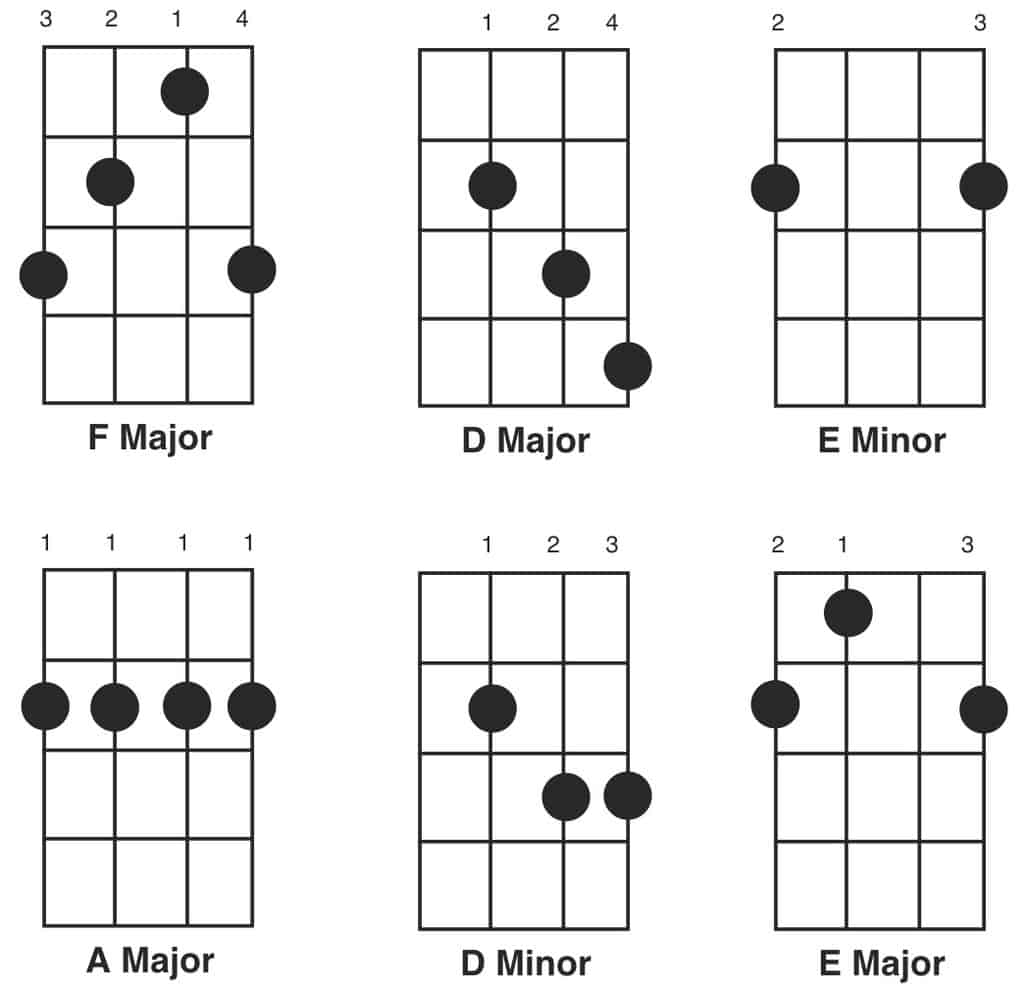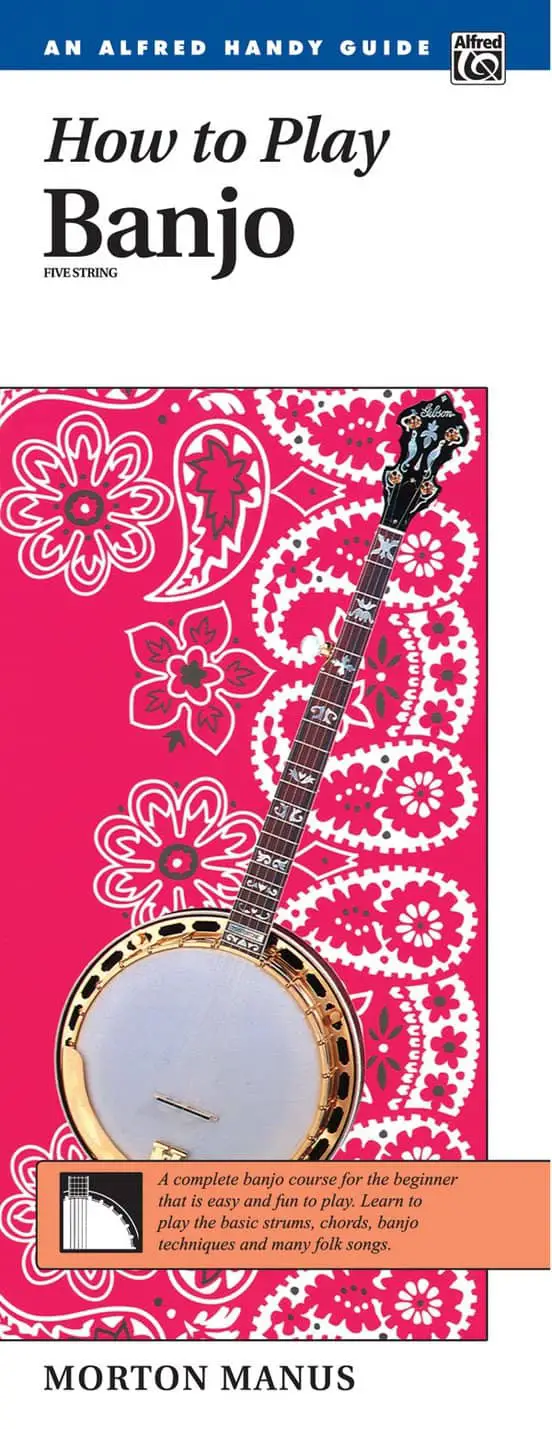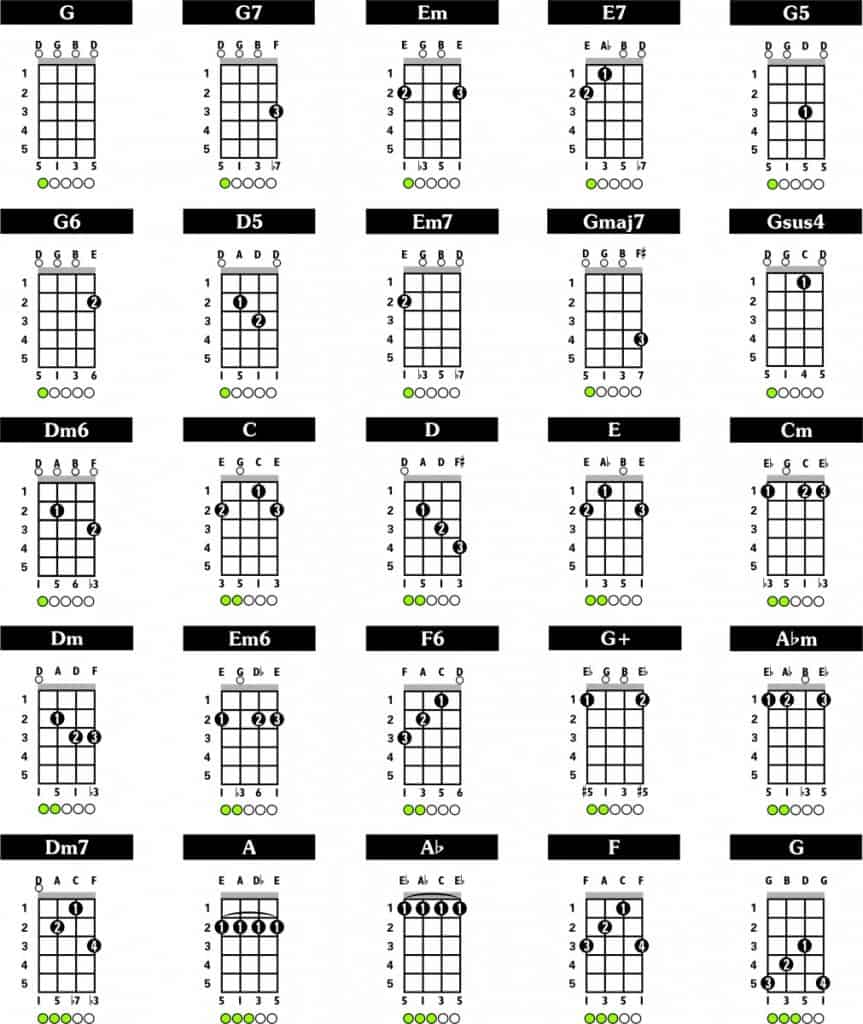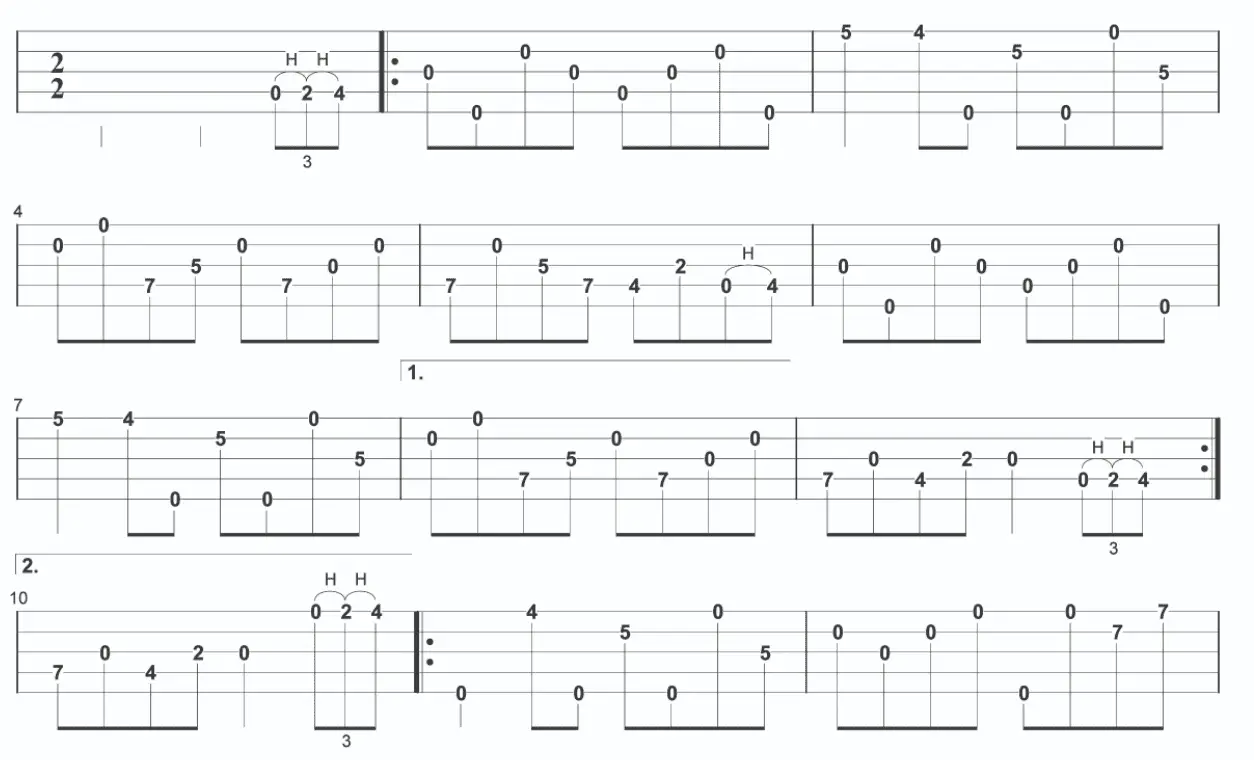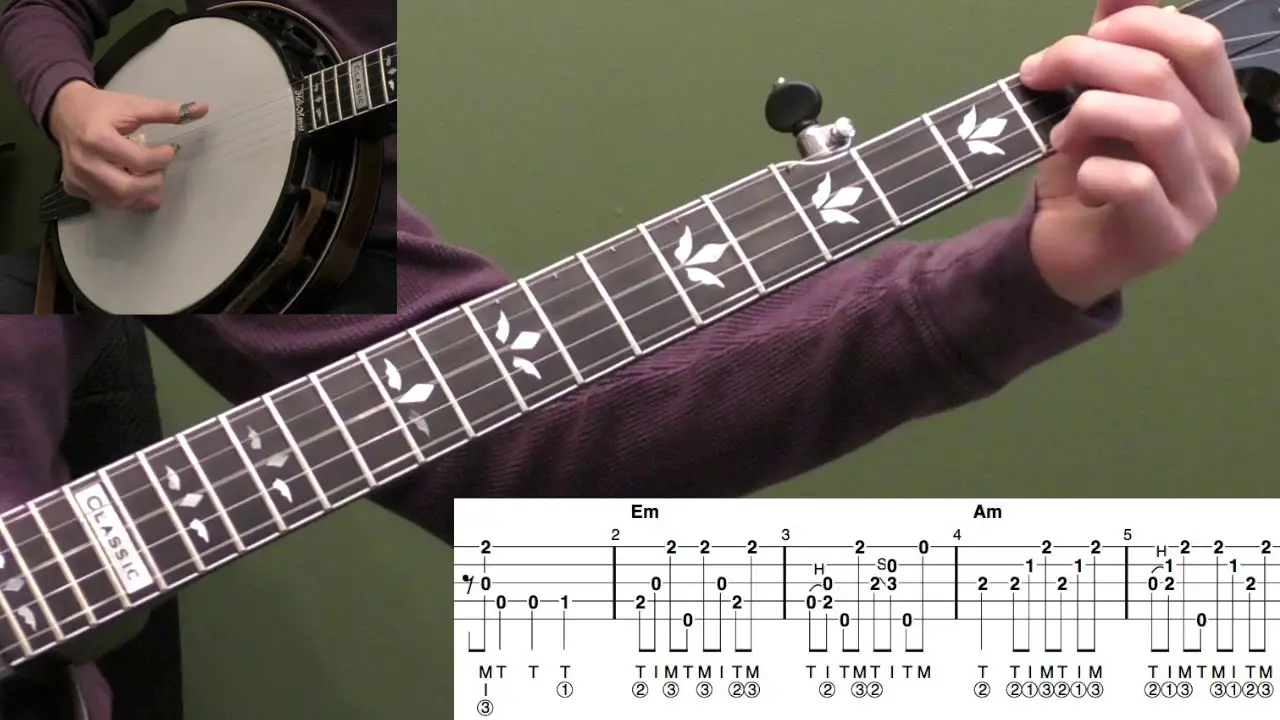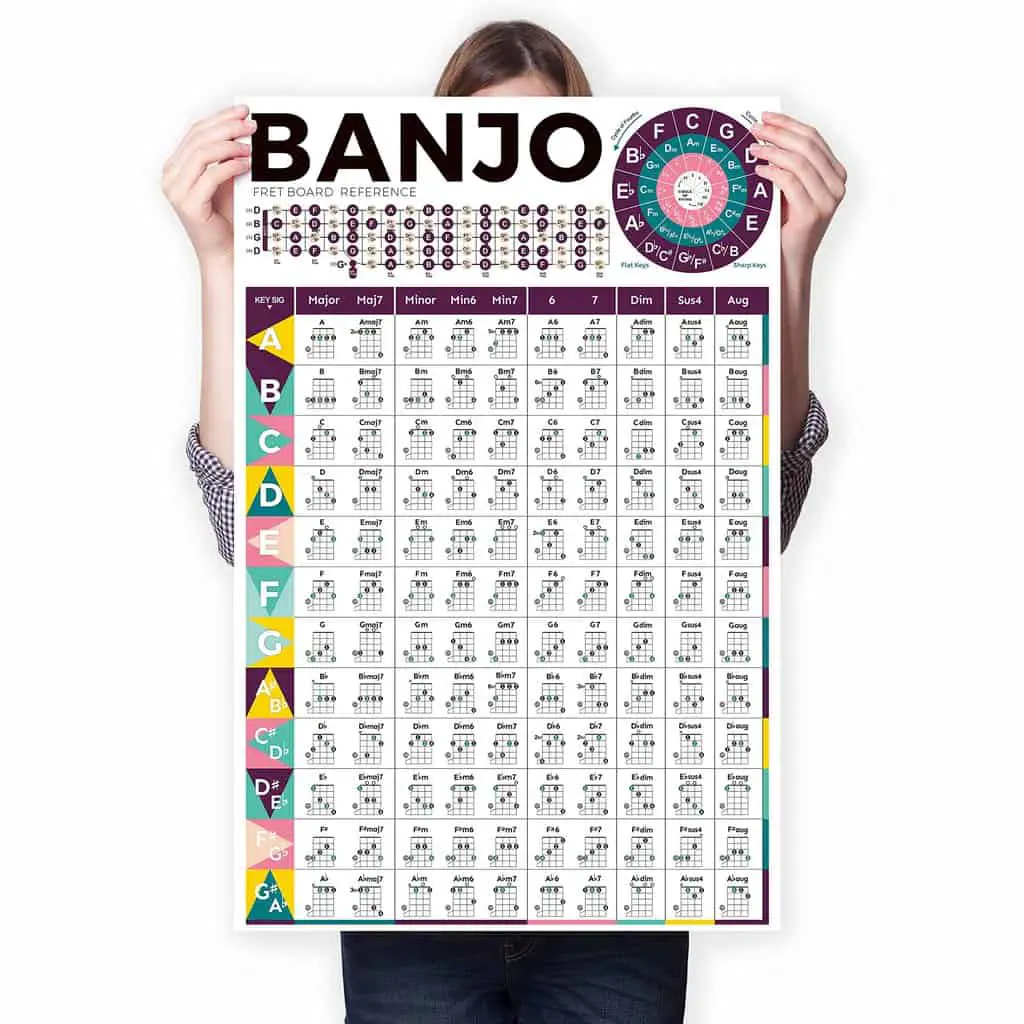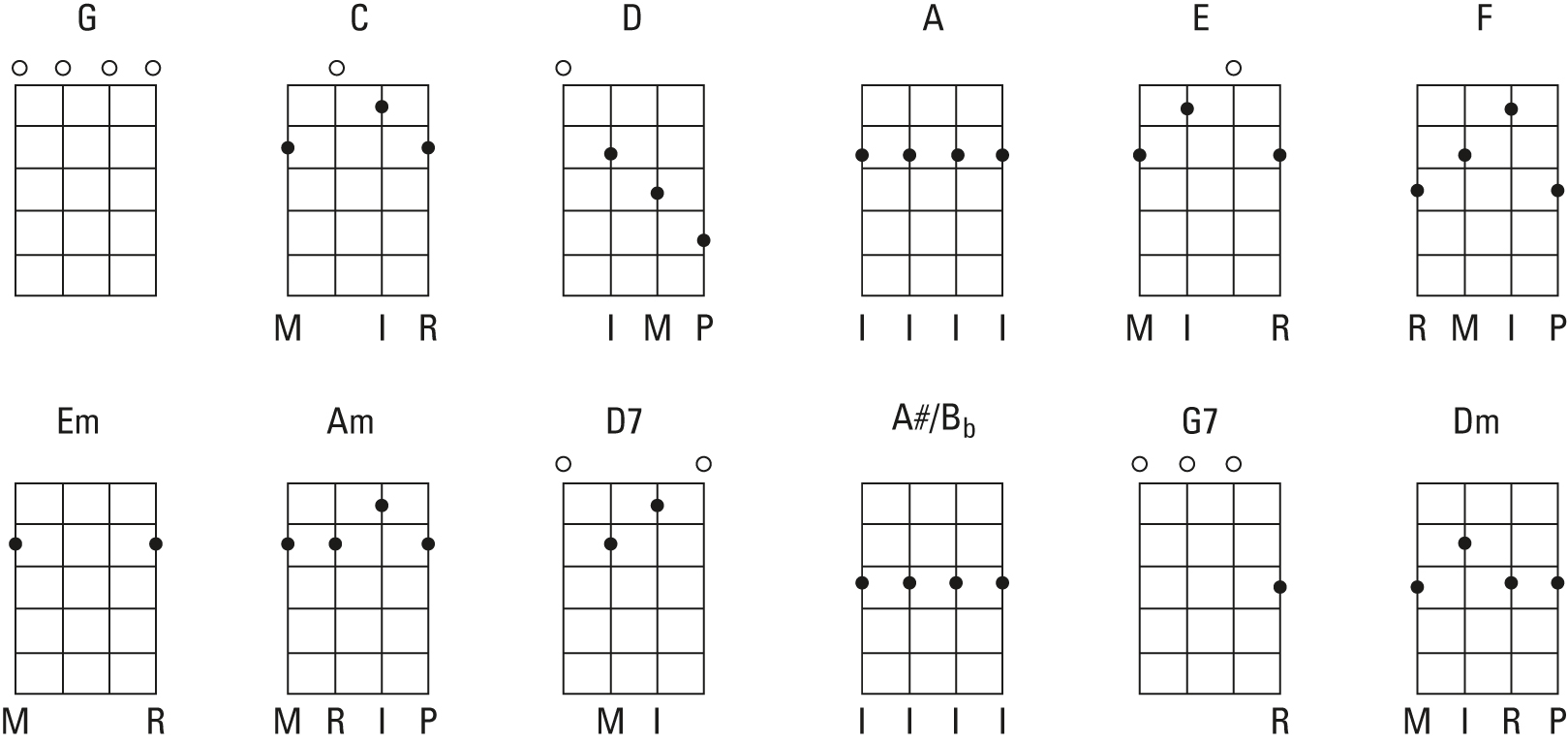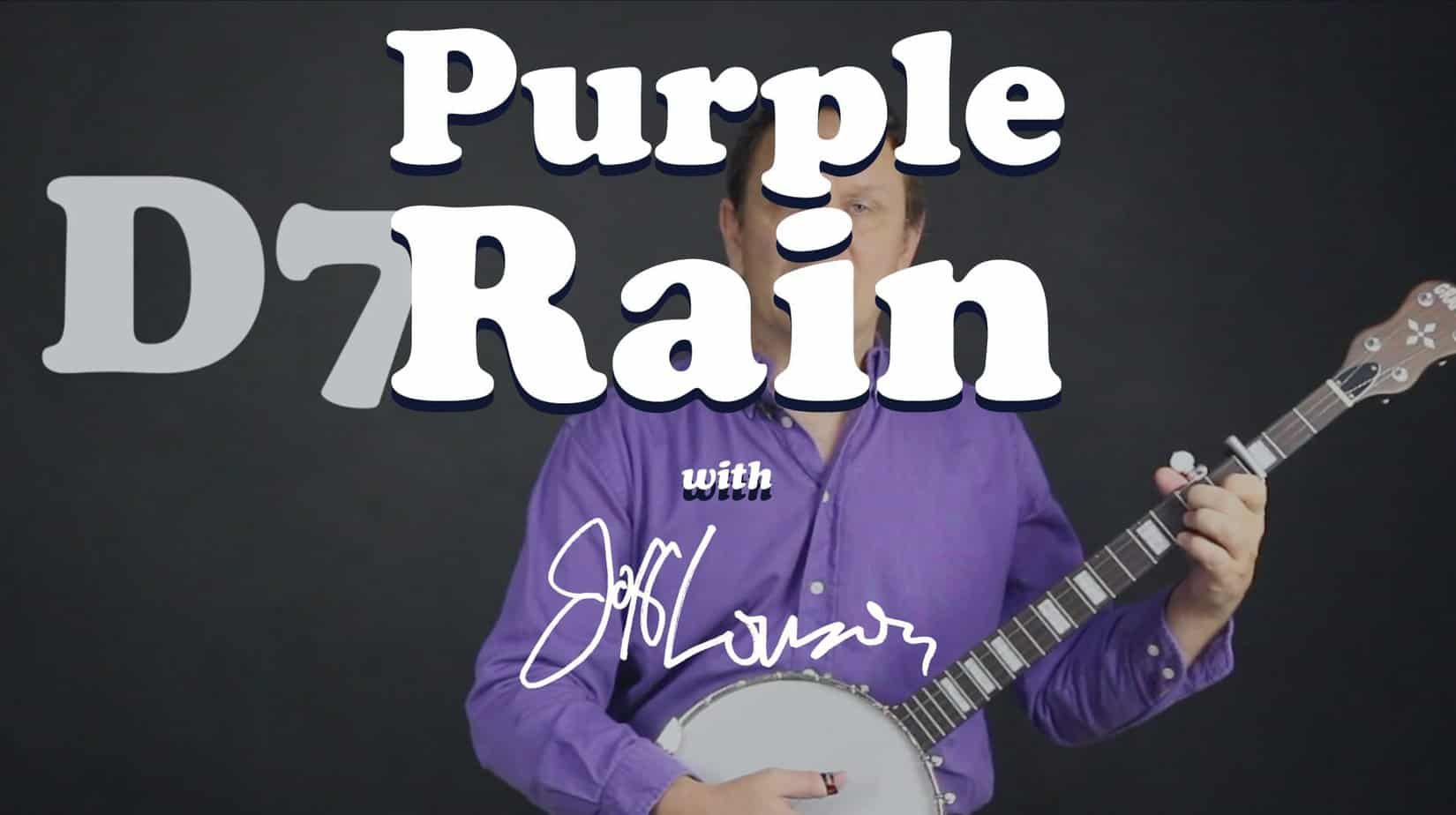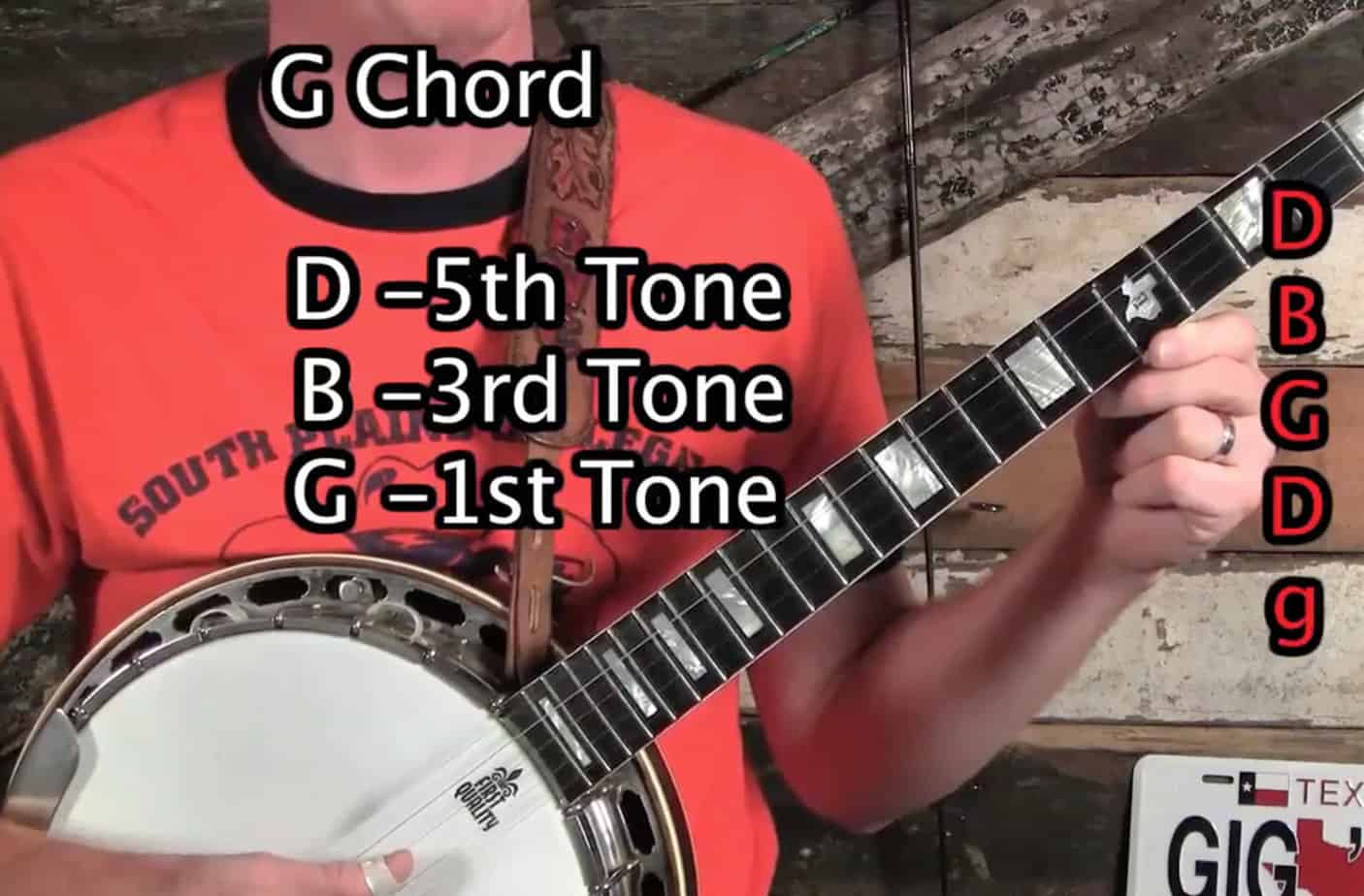Are you keen to learn how to play banjo chords? I’m sure you are, as mastering this instrument can be incredibly rewarding and fulfilling. Well, if you’ve come here, you’re in the right place. In this comprehensive guide, I’m going to teach you all the essential skills and techniques you need to know in order to become an expert banjo player. From the basics of banjo chords to more advanced playing, I’ll have you playing your favorite tunes in no time!
Learning the Basics
Tuning the Banjo
Tuning the banjo is essential to playing clean chords. To tune the banjo, start by turning the tuning pegs located at the head of the banjo. Then use a digital tuner to ensure that the notes are accurate.
Holding the Banjo
When holding the banjo, sit in an upright position and hold the banjo on your lap. Place your right hand on the strings, and your left hand on the neck of the banjo. Make sure your fingers are relaxed and your hands are in a comfortable position.
The Different Strings
The banjo has five strings. The first string, closest to your head, is the thickest and is called the fifth string. The next four strings are thinner and are numbered four through one, with four being the thinnest string. Plucking each string will create a different sound.
Learning Chords
1 Major Chords
Major chords are formed by playing the root note, plus the third and fifth notes of the major scale. For example, to play a C major chord, you would hold down the first fret on the fourth string and the third fret on the second string.
2 Minor Chords
Minor chords are similar to major chords but the third note of the scale is a half-step lower. To play a D minor chord, hold down the second fret on the fourth string and the third fret on the second string.
3 Seventh Chords
Seventh chords are formed by adding a seventh note to a major or minor chord. To play an E7 chord, hold down the second fret on the fourth string, the fourth fret on the third string, the third fret on the second string and the first fret on the first string.
Playing Songs
Once you have mastered the basics of playing banjo chords, it is time to start playing songs. Begin by learning simple songs with a few chords. Listen to the song to get a feel for the tempo and rhythm. Once you have a basic understanding of the song, look up the chord progressions online and practice playing the chords in the correct order. As you become more comfortable with the chords, focus on the strum pattern and try to match the sound of the song. Continue to practice until you can comfortably play the entire song. As you become more experienced, you can start to learn more complex songs with multiple chords, and even create your own songs.
1 Using Chords to Play Songs
Playing banjo chords is an essential skill for any banjo player. Chords are the building blocks of songs and make up the harmonic foundation of a song. Learning how to play a variety of chords will allow you to play any song you can imagine.
The most basic chords are major and minor chords. A major chord consists of a root note, a major third, and a perfect fifth. A minor chord consists of a root note, a minor third, and a perfect fifth. Both of these chords are built on a scale and are used to create melodies and harmonies.
Once you have learned the basics of major and minor chords, you can begin to learn more complex chords such as the dominant seventh and the major seventh. These chords add a richer sound to your playing and can be used to create interesting musical phrases.
Once you have a basic understanding of chords, you can use them to play songs. To play a song, you will need to strum the chords in the correct order. You can learn the chords for a song by ear or look them up in a songbook. Once you have the chords memorized, you can start playing the song.
When playing songs with chords, you can use the strumming technique to create the rhythm. You can strum the chords in different ways to create a variety of rhythmic patterns. You can also add grace notes and slides to create more interesting musical phrases.
Chords are the foundation of any song and are essential for any banjo player. With practice and patience, you can learn how to play chords and use them to play songs.
2 Reading Sheet Music
| Symbol | Meaning |
|---|---|
| Staff | A staff is a set of five lines and four spaces that represents the pitch of notes. |
| Clef | The clef is a symbol at the beginning of the staff that denotes which notes are represented. |
| Bar Line | A bar line is a vertical line that divides the staff into measures. |
| Note | A note is a symbol that represents a sound of a specific pitch and duration. |
| Rest | A rest is a symbol that represents a period of silence. |
Reading sheet music is essential for playing banjo chords. The most common symbols found in sheet music are the staff, clef, bar line, note and rest. The staff is a set of five lines and four spaces that represents the pitch of notes. The clef is a symbol at the beginning of the staff that denotes which notes are represented. The bar line is a vertical line that divides the staff into measures. Notes are symbols that represent a sound of a specific pitch and duration. Rests are symbols that represent a period of silence.
3 Learning from Others
- Online Tutorials: There are many helpful online tutorials available for free or for a small fee. These tutorials can provide an excellent way to get started learning the basics of playing banjo chords.
- Books and Instructional Videos: Books and instructional videos can provide an in-depth look at playing banjo chords. They provide detailed explanations, diagrams, and exercises for mastering the basics of the instrument.
- Instructors: Professional banjo instructors can provide individualized instruction tailored to the student’s level of skill and goals. Private lessons can be an excellent way to quickly develop the skills needed to play banjo chords.
Improvising and Jamming
- Learn basic chords and scales for banjo.
- Listen to the recordings of famous banjo players to get a sense of their techniques.
- Start off by playing a simple chord progression in a certain key.
- Practice improvising melodies and solos over the chord progression.
- Listen to recordings of other banjo players to get an idea of how they improvise.
- Experiment with different techniques such as picking, strumming, and hammer-ons.
- Find other musicians to jam with and practice improvising together.
- Start off by playing a simple song together, then move on to jamming and improvising.
- Record your jam sessions so you can listen back and learn from your mistakes.
1 Learning to Improvise
To become a proficient banjo player, it is important to learn how to improvise. Improvising allows you to express yourself musically and to create unique and interesting sounds. To begin learning how to improvise, start by playing scales and arpeggios on the banjo. As you become more comfortable with the notes of the scale, you can begin to add in other notes to create unique sound combinations. Additionally, you can experiment with different rhythms and tempos to further develop your improvisations. Once you are comfortable with improvising on the banjo, you can begin to practice with jam sessions or backing tracks. This will allow you to practice your improvisational skills and develop your own unique sound.
2 Playing with a Band
- Be familiar with the song structure. Listen to the song and determine the structure of the song including the verse, chorus, bridge and any instrumental sections.
- Work out the key of the song. Identify the chords used in each section and practice playing them.
- Practice playing the banjo with a backing track or with other instruments. Learn the timing and patterns of the song.
- Learn the solos and improvisations for the song. Listen to the song and practice playing along with it.
- Play with other musicians. Play along with other instruments, such as bass and drums, to develop your skills and learn how to play together as a band.
Advanced Techniques
- Hammer-ons: Hammer-ons involve pressing down on a string to produce a higher note, without having to pick the string again.
- Pull-offs: Pull-offs are the opposite of a hammer-on. To execute a pull-off, pluck the string and then quickly release the finger to produce the lower note.
- Slides: Slides allow the player to smoothly transition between two different notes. This can be done by placing one finger on the fret, and then sliding it up or down to another.
- Bends: Bending is a common technique used on the banjo. To execute a bend, press down on a string at a fret and then pull it in the direction of the neck to produce a higher pitch.
- Vibrato: Vibrato is a technique that adds expression to the notes. To play vibrato, wiggle the finger back and forth on the fret.
- Fingerpicking: Fingerpicking is a technique used to play more complex melodies. Pick the strings with the index, middle, and ring fingers to create a more intricate sound.
1 Learning Scales
| Scale | Finger Pattern | Notes |
|---|---|---|
| Major | 1-2-3-1-2-3-4-5 | Root, 2nd, 3rd, 4th, 5th, 6th, 7th |
| Minor | 1-2-b3-1-2-b3-4-5 | Root, 2nd, b3rd, 4th, 5th, b6th, 7th |
| Dominant 7th | 1-2-3-1-2-3-4-b7 | Root, 2nd, 3rd, 4th, 5th, 6th, b7th |
Learning banjo chords starts with learning scales. The three most common scales used for banjo chords are major, minor, and dominant 7th scales. Each scale has a different finger pattern and notes. The major scale has a 1-2-3-1-2-3-4-5 finger pattern and consists of the root, 2nd, 3rd, 4th, 5th, 6th, and 7th notes. The minor scale has a 1-2-b3-1-2-b3-4-5 finger pattern and consists of the root, 2nd, b3rd, 4th, 5th, b6th, and 7th notes. Finally, the dominant 7th scale has a 1-2-3-1-2-3-4-b7 finger pattern and consists of the root, 2nd, 3rd, 4th, 5th, 6th, and b7th notes.
2 Using Techniques like Hammer-Ons and Pull-Offs
Banjo chords are often played with techniques like hammer-ons and pull-offs, which involve the use of the fretting hand to quickly roll or slide the fingers over the frets and strings. Hammer-ons involve quickly pressing down one finger after another to create a hammering motion. Pull-offs involve pulling the string off the fretboard with one finger and then releasing it. This technique gives the banjo a more vibrant sound. Hammer-ons and pull-offs can be used to create interesting patterns and rhythms. With practice, they can be used to create a wide variety of sounds.
Tips for Learning Banjo Chords
1. Start by learning the basic chords. Learn the chords of G, C, D, Em, Am, and Bm. These chords are the most common and are essential for playing the banjo.
2. Practice switching between chords. You should be able to switch between the chords quickly and easily.
3. Learn the progressions. Progressions are when you play the same chord in different orders. This will help you to create melodies and songs.
4. Get comfortable with different strumming patterns. Strumming patterns are the way you play the strings. Experiment with different strumming patterns to create unique sounds.
5. Play along with songs. Use songs to practice playing the banjo. Try to play the chords in time with the song and match the rhythm.
6. Use a metronome. A metronome will help you to keep time when playing the banjo. Set the metronome to a slow speed and gradually increase the tempo.
7. Learn the scales and arpeggios. Scales and arpeggios are essential for creating melodies. Learning these will help you to create more complex melodies.
8. Record yourself playing. Record yourself playing to identify areas that need improvement. Listening back will help you to understand how to improve your playing.
9. Learn improvisation techniques. Improvisation is when you create music without a written piece. Improvising will help you to develop your creative skills and become a better banjo player.
10. Take lessons. Taking lessons with an experienced teacher is one of the best ways to learn how to play the banjo. Your teacher can give you advice and guidance and help you progress.
1 Start with Simple Songs
- Choose easy songs to start with. Pick ones with short and simple chords.
- Learn the chords by playing them slowly and correctly.
- Once you have learnt the chords, begin practicing the song.
- Start with a slow tempo, making sure to play the chords with proper form.
- Once you are comfortable with the song, increase the speed.
- Continue to practice the song until you feel comfortable playing at the desired tempo.
2 Set Goals and Track Progress
- Identify your short-term and long-term goals. Examples may include learning a new banjo chord each week, mastering a certain chord progression, or playing a banjo solo by the end of the month.
- Set achievable milestones along the way. This will keep you motivated and help you track your progress.
- Record your progress in a notebook, a spreadsheet, or an app. Include the date, what you learned, and any difficulties you encountered.
- Celebrate your successes and learn from your failures.
3 Practice Regularly
- Set aside a specific amount of time each day to practice and work on your banjo chords.
- Start with the basics, such as the C, G, and D chords. Work on switching between them and learning different strumming patterns.
- As you become more comfortable, add more chords and practice playing them in different combinations.
Frequently Asked Questions
What are the Basic Banjo Chords?
Banjo chords are made up of combinations of three or four notes. The most common chords used in banjo playing are the major, minor, and seventh chords. Major chords consist of a root note, a major third, and a perfect fifth. Minor chords consist of a root note, a minor third, and a perfect fifth. Seventh chords consist of a root note, a major third, a perfect fifth, and a minor seventh. These are the basic chords used in most banjo songs.
How do I learn to play banjo chords?
To learn to play banjo chords, start by familiarizing yourself with the instrument’s anatomy. Basic banjo chords are formed by pressing down strings with your fingers at specific fret positions. To practice, begin with basic chords such as G, C, and D, and then move on to more complex chords. Learn the fingerings for each chord and practice switching between them. Additionally, practice playing chords along with a metronome or backing track to ensure that your timing is accurate. As you become more comfortable with the instrument and basic chords, you can move on to more advanced techniques.
What techniques should I use when playing banjo chords?
When playing banjo chords, it is important to use the correct hand placement and pick direction. The correct thumb and finger placement should be used to ensure that each chord is played accurately. It is also important to use the correct strumming technique, which involves using an upstroke followed by a downstroke to create the desired sound. Additionally, it is important to practice chord transitions in order to ensure smooth transitions between chords. Finally, it is important to practice playing the same chord with different fingerings in order to increase speed and accuracy.
How do I identify different banjo chords?
Banjo chords are typically identified by their root note and chord type, such as G major or A minor. The easiest way to identify chords is to listen to their sound. Most banjo chords have a distinct sound that is easily recognizable. Additionally, there are numerous online resources available to help identify chords, including chord charts and diagrams. Furthermore, many banjo players use the Nashville number system to identify chords and progressions. This system uses numbers to indicate the chord root and type, making it easier for players to communicate with each other.
How do I play 5 string banjo chords?
To play 5 string banjo chords, you will need to know the basics of musical notation and how to read chord diagrams. Start by familiarizing yourself with the banjo’s 5 strings and how they are laid out. Strings 1-4 are tuned to G, D, G, B respectively, while string 5 is tuned to a high G. When playing a 5 string banjo chord, the thumb will be used to pluck the 5th string, while the other four are used for the chords. When reading chord diagrams, the strings are laid out from the 5th string at the top to the 1st string at the bottom. To play a chord, simply place your fingers on the diagram, plucking the strings in order from the 5th to the 1st string. Practice playing different chords until you become familiar with the fingerings and can easily transition between them.
Conclusion
Banjo chords are an essential part of playing the banjo. Learning and mastering banjo chords is a process that requires time and practice. By understanding the basics of banjo chords, learning fingerings, and utilizing tablature and chord diagrams, you can take your banjo playing to a new level. With dedication and practice, you can become an expert in playing banjo chords.


